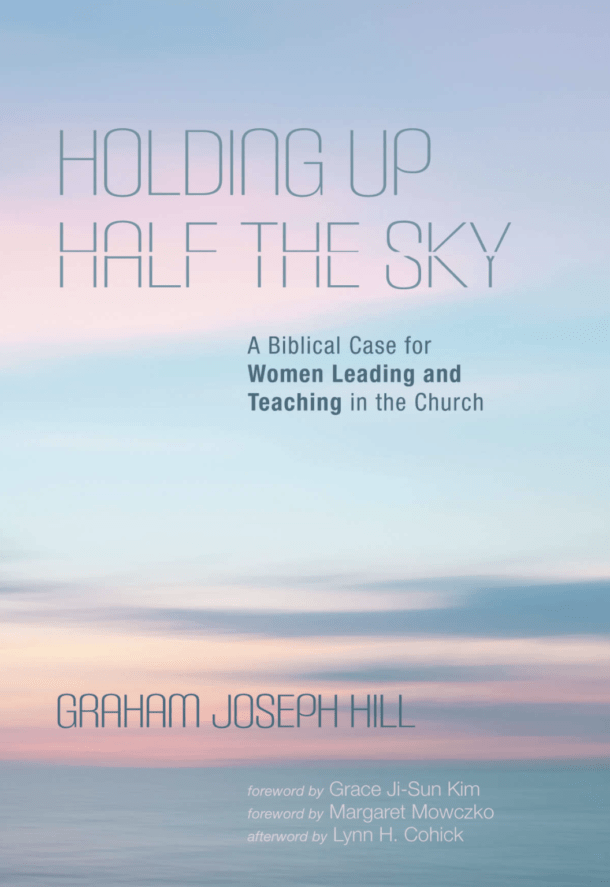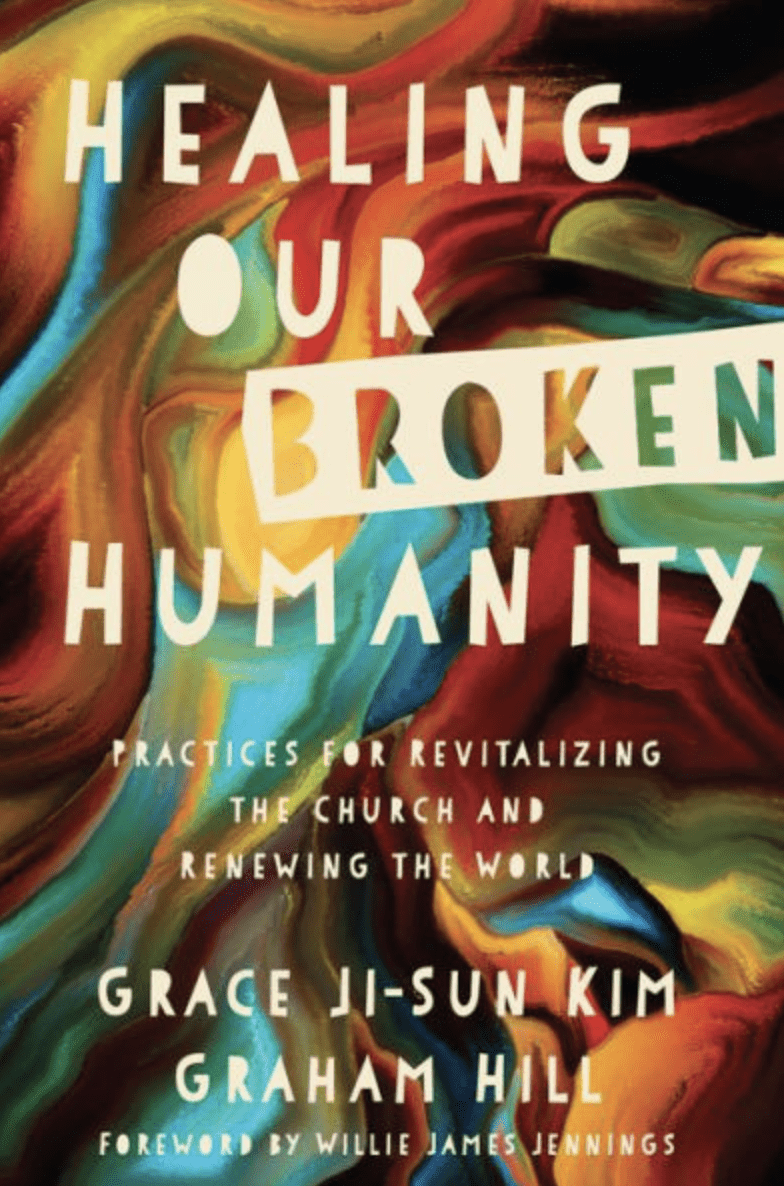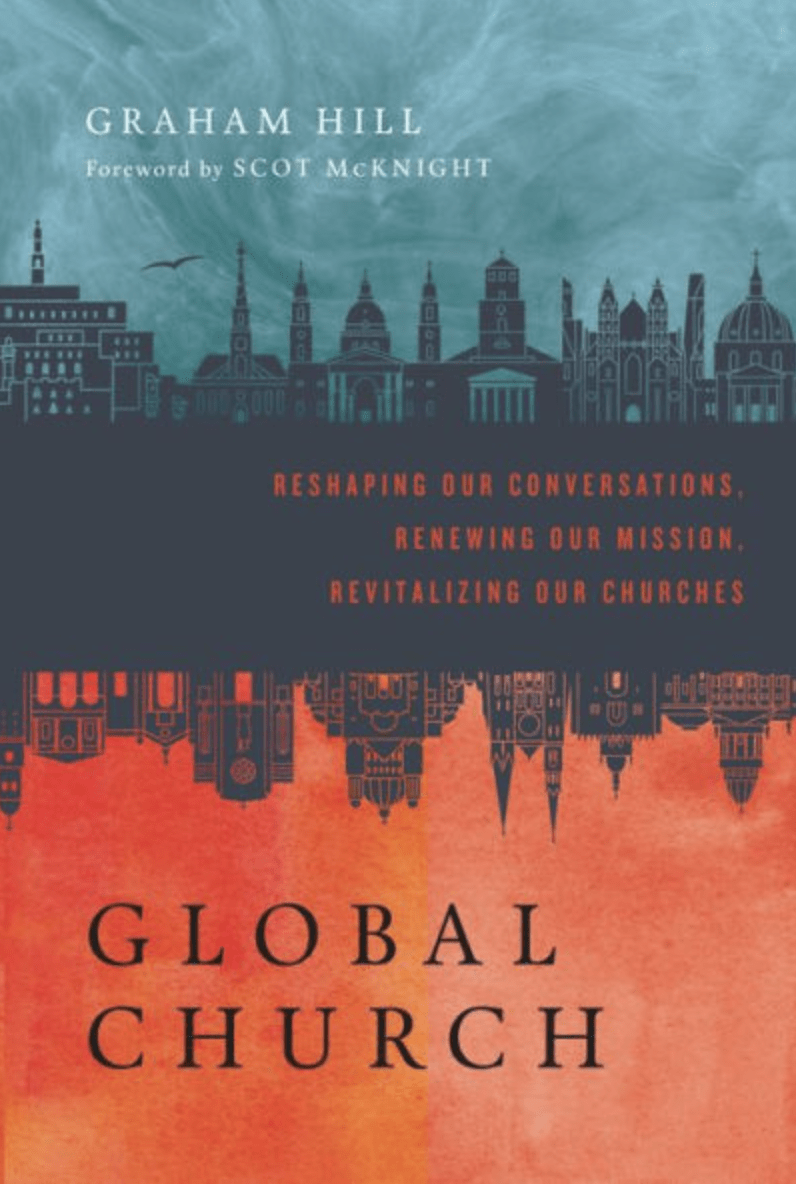I grew up suspicious of structures. For me, institutions and organizations symbolized much that was wrong with the world. Sometimes, I speculate on the source of this suspicion. How did it take root in my life? I came from a working-class background that resisted authority. My early experiences of institutions convinced me that they were often oppressive. I viewed them as dictatorial and inflexible. And distrust of structure seems to be one of the features of my generation. For whatever reason, I found it hard to trust structure. I understand the roots of my distrust, misgiving, and cynicism. But now, a little older, I find that posture counterproductive. It’s unhelpful to Christian faith and discipleship. After all, structures fill our lives. Sure, some are damaging and suffocating. But many are liberating, nurturing, and essential for mission, community, and discipleship.
Alan J. Roxburgh has recently released an important book. It’s called Structured for Mission: Renewing the Culture of the Church (IVP Books, 2015). In this book, Alan calls the church to examine its relationship with structure. Cultures across the world—and the worldwide church—are going through a time of enormous change. We see this expressed in globalization, rapid urbanization, and international terrorism. We see it demonstrated in religious pluralism, rising economic inequalities, and shifts in geopolitics. We see it in the rise of the information age, networked societies, and more.
The old ways of doing things are insufficient for the new challenges. Traditional institutions and structures are unable to cope with these massive global shifts.
“As the decline of the euro-tribal churches accelerates, many are looking around for places to lay the blame or find ways of fixing the denominational systems. Favourite whipping posts are institutions and structures. I hear people talking negatively about the institutional church or the old structures. These now popularly represent the causes of the malaise. Two opposite dramas are occurring. On one side stand the anti-institutional champions of change calling for the demolition of existing structures. On the other are those who want to find yet more ways of fixing these structures.”
Great shifts are happening in many spheres of life: religious, social, demographic, spiritual, and economic. The church isn’t the only institution examining its relationship to structure. All kinds of institutions today—political, corporate, religious, and more—are asking how their structures must change. What are some other shifts that are forcing the church to reconsider its structures and mission?
In Structured for Mission, Alan J. Roxburgh unpacks many shifts. Here are some of the shifts Roxburgh mentions, and I add some of my own.
Economics: Powerful global forces are reshaping our assumptions about growth, productivity, and work.
Family and Marriage: The modern family is experiencing massive change. When we talk about family, we need a new vocabulary. Today, we have blended families, extended families, and one-parent families. Many families in the future will be shaped around same-sex relationships.
Post-Christendom: Churches in Western cultures are often in post-Christendom settings, which take various forms. Churches are trying to find meaning and direction in the context of marginality and liminality.
The Missional Conversation: We’ve begun to realize that missiology begins at home. All cultures are mission fields. The church must learn from missiology. The missional conversation makes us evaluate our structures and practices of mission and church. People like Alan J. Roxburgh, Michael Frost, Alan Hirsch, Karina Kreminski, Lesslie Newbigin, David Bosch, Christopher Wright, and Jonathan Bonk press us to ask: “Are our structures and practices missional?”
The Growth of the Majority World Churches: Christianity is burgeoning in Africa, Asia, and Latin America. Western churches have much to learn from missions, theology, and church life in those regions.
Diversity: Our cities and neighborhoods are incredibly diverse. Our neighbors may come from diverse religions, cultures, ethnicities, political persuasions, etc.
Disenchantment with Cold Religion or Hyper-Spirituality: There’s widespread disillusionment with forms of Christianity that are too abstract and cerebral. These are too wedded to modernist thought. But there’s also disillusionment with expressions that are too hyper-spiritualized, unreflective, emotional, and pragmatic.
Decentered Church: There’s distrust of structures and organizations among many Christians. These are exploring forms of church that are less centralized, complicated, hierarchical, and solid.
Modern/Postmodern Conversation: This conversation questions Modernity’s epistemology, examines Modernity’s influence on the church’s theology and structures, and explores the possibilities and pitfalls of postmodern (or hypermodern) epistemology, apologetics, and cultural expressions.
Globalization: Globalization presents missional challenges for the church. It makes us examine our structures for mission, community, and discipleship. It forces our structures to face the challenges of pluralism, social mobility, and the networked society.
Insights from Communication, Network, and Change Theories: Theologians and practitioners are considering the implications of many things for church structure and mission. These include Communications theory, the networking of global cultures, the information age, theories about how organizations move beyond technical forms of change to the skills and capacities required to negotiate radical, discontinuous, and adaptive change, and much more.
In the context of this tsunami of change, Alan J. Roxburgh says that the existing ways of being the church are no longer meaningful to many. The church must decide how it will respond. Will it tweak established institutions? Find new structures? Reorganize congregations? Reinvigorate denominational networks? Give leaders more power? Play with forms of governance? Get better at strategic planning? Renew long-established practices? Abandon structures and institutions altogether? Or will the church explore fresh proposals for missional churches, organic churches, simple churches, fresh expressions churches, and so on?
Alan J. Roxburgh argues that we need to ask, “What are structures for?” How do structures contain meaning and embody our deeply held stories? How are structures formed through habits and practices? How do structures facilitate entropy and decline, or change and renewal? How does the Spirit use structures for his glory, when we practice corporate discernment? How can we relinquish the myth that the Spirit opposes structure? How can churches and denominations move from a mere focus on organizational systems and leadership roles and functions, to a focus on culture? How can they focus on addressing basic underlying assumptions that traditions, narratives, and structures embody?
“The vocational call is not to try to fix our churches and denominations nor to abandon them with some declaration of Ichabod (the glory has departed). The vocational call is, rather, to dwell deeply in ways that begin to discern what God is up to ahead of us in the communities where we dwell.“
Rather than dismissing structure, Alan J. Roxburgh says that these structures embody the core narratives that shape how we see the world, the church, our mission, and our discipleship. Alan writes, “We cannot simply replace old institutions with new ones. We need to examine the underlying stories, metaphors and cultures that give organizations their meaningfulness. The crisis of the church today is a crisis not of institution but of imagination.” The church must “become a place where people are empowered to reimagine their religious life and experiment with new ways of being the church in a local context. We are living in a brave new world. Will the church be ready? The call of leadership is not to pour energy into obsessing how to change structures and remake institutions. Rather, it is to wonder together how to invite and cultivate a movement of people who are ready to change these narratives. Only then does it become possible to ask rightly about the kinds of structures and institutions we need.”
Structured for Mission is an important book. It frames how we should understand structures. It helps us understand how structures can facilitate mission in a changing world. It invites us to examine the imaginations and narratives and cultures that shape our structures. Only then can we begin to find fresh, missional, life-giving structures. We must place God’s mission at the center of our structures and organizational life.
This book is necessary for pastors and leaders as they wrestle with the changes happening in culture and church. It’s necessary for leaders who desire structures shaped around Christ’s mission that renew the culture of the church.





